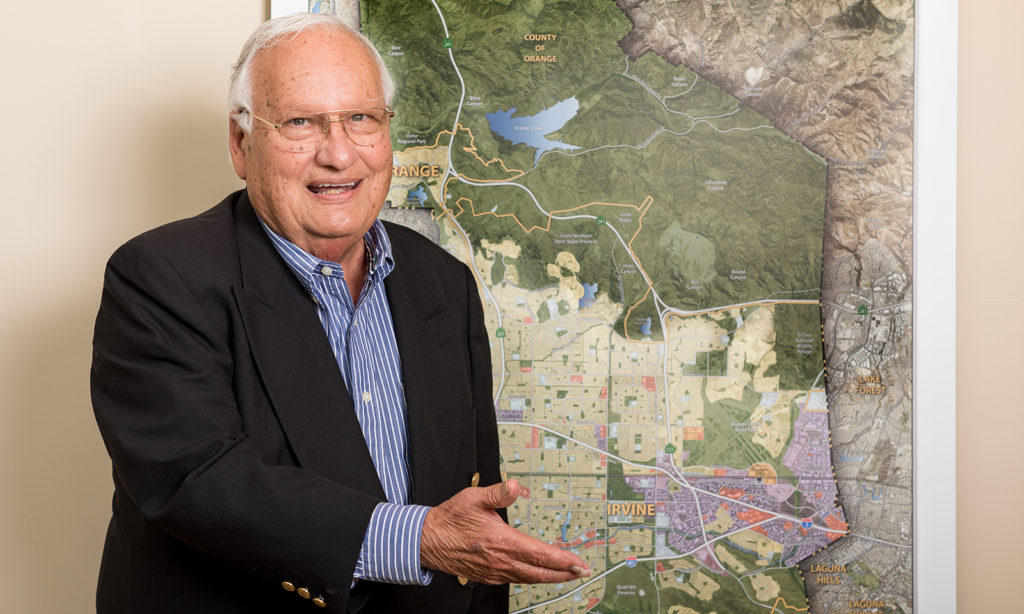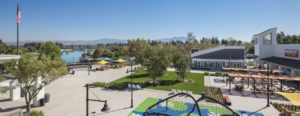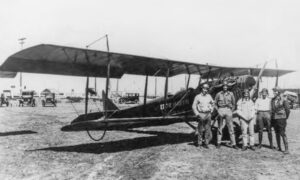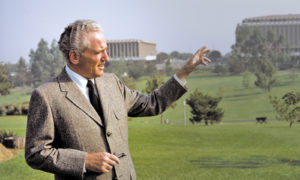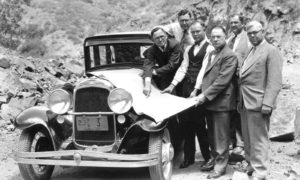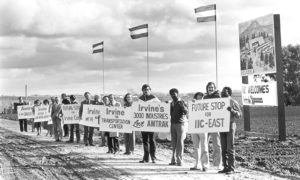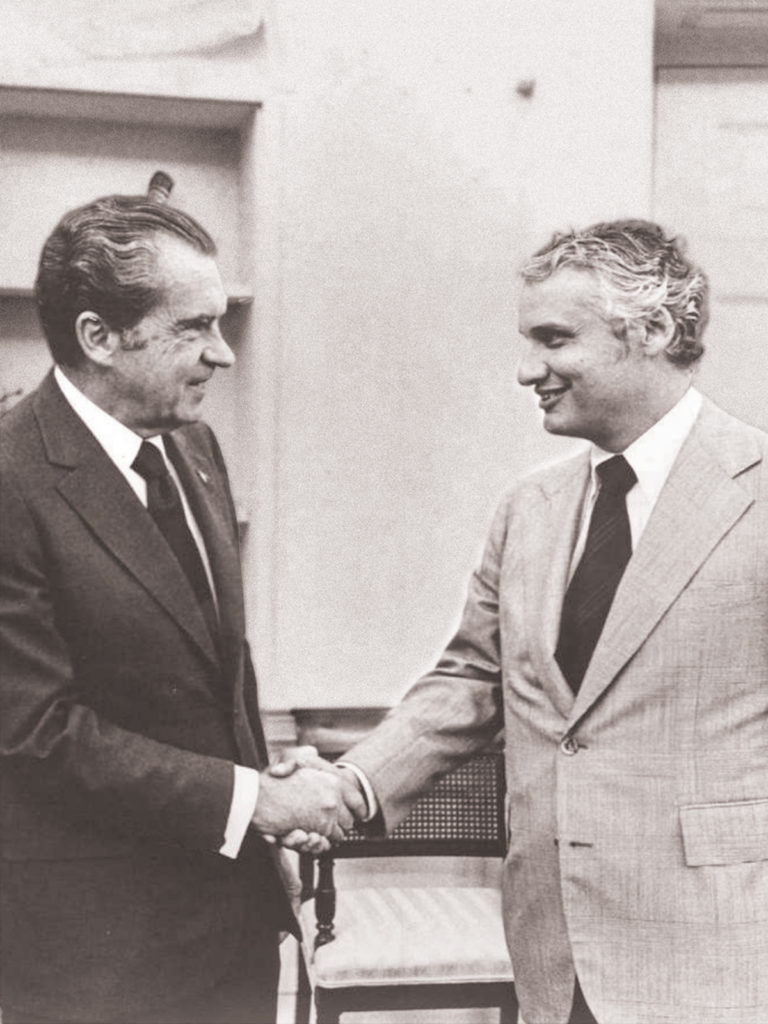
Young Al Treviño wasn’t sure what he wanted to do after graduating from high school in La Cañada Flintridge, just after the end of World War II.
“I thought maybe I’d grow flowers,” he recalled during a telephone interview from his Laguna Beach home. He’d always loved the Rose Bowl, after all.
Talk about exceeding your ambitions: Treviño studied horticulture at Cal Poly Pomona for just one year before switching to major in landscape architecture, first at UC Berkeley and then at Harvard University. Barely a dozen years later, he would join the team designing the Master Plan for Irvine, one of the greenest cities in the United States.
“He has been in the right place at the right time, time after time,” says his friend Bill Watt, a builder who worked with Treviño in the early 1960s.
‘We could do better’
Treviño embarked on his career during a time when many Americans were growing disillusioned with the traffic, smog and bland uniformity that came with life in the suburbs. By 1963, Pete Seeger was famously singing about “little boxes on the hillside” that were made of “ticky-tacky” and all looked just the same.
“I got tired of seeing those huge subdivisions that were popping up all over and destroying the countryside,” Treviño says. “I thought we could do better.”
He got a rare chance to do just that in 1961, when he was hired to lead work on Irvine’s Master Plan, then already conceived as an antidote to conventional suburban life. Decades later, he takes pride in what he calls the “resounding success” of both the plan and its evolution.
In one of many serendipities that has shaped Treviño’s life, his work on an early project, designing the small future city of Laguna Niguel, caught the attention of William Pereira, the celebrated architect then consulting with the Irvine Company. Pereira recruited him to draw the blueprints to master-plan Irvine. Over the next four years, Treviño and his staff plotted the transformation of about 11,000 acres of the 93,000-acre Irvine Ranch into today’s verdant city of interconnected villages.
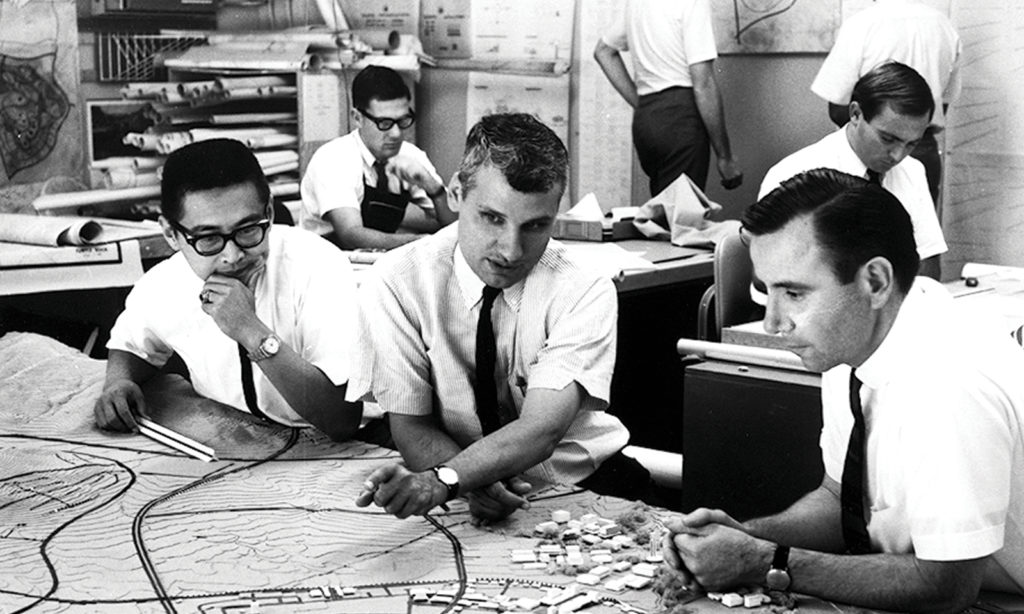
Treviño takes special pride in having pushed for a diverse makeup of villages, where a mix of apartments and townhomes allows for diversity among residents. He also helped name hundreds of Irvine’s streets, reflecting his love of trees: Acacia. White Birch. Valley Oak. Whispering Pines. In a tribute to his devout Catholic wife, Dolores, who passed away in 2015, Treviño named Seton Road after Elizabeth Seton, a founder of the U.S. parochial school system who was canonized in 1975.
Finding his calling
Treviño was born in Los Angeles, the youngest of four siblings. His father, who owned part of a chain of shoe stores, was the descendant of Spanish Jewish Catholic converts who came to Mexico more than six centuries ago.
In one of the key events that shaped Treviño’s life, a professor in his first year of college suggested that he transfer to UC Berkeley to study landscape architecture. “At the time, I didn’t even know what a landscape architect was,” Treviño says. But he soon realized it was his calling.
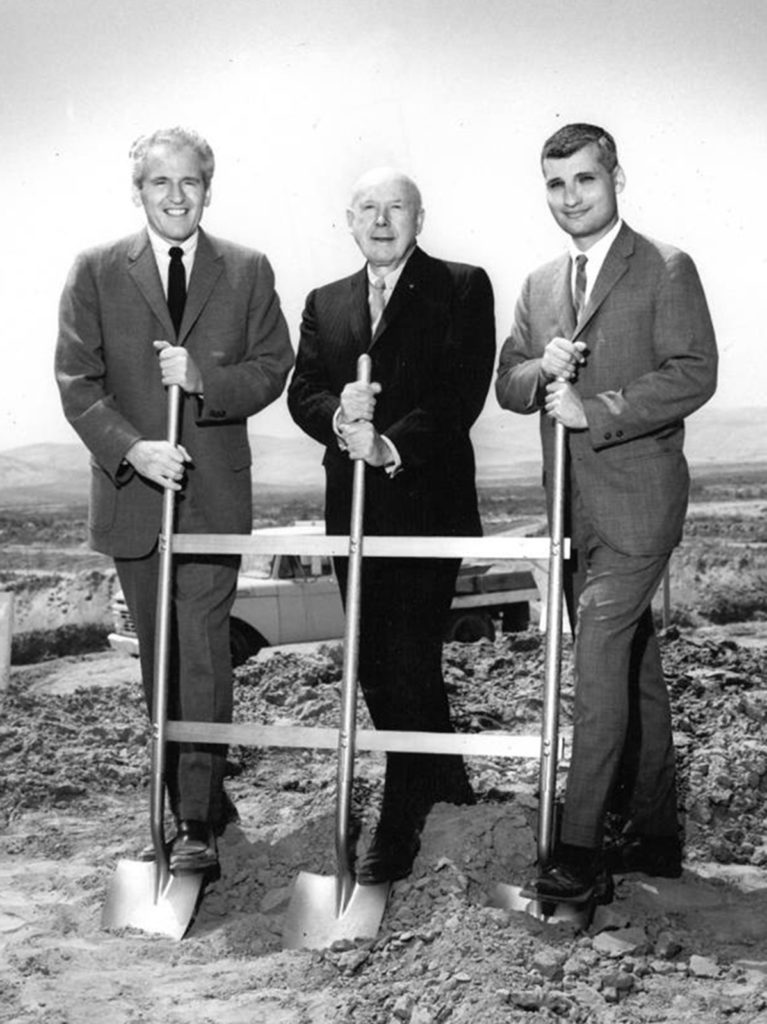
After the Korean War began, Treviño, then still just short of graduating from college, was drafted and sent to Fort Benning, Georgia, where he ran into more good fortune. A general who knew of his expertise recruited him to help improve landscaping at the base. Treviño was not only kept out of harm’s way but given a staff and a driver and interesting work.
The general later asked him to help recruit an architect for a larger project involving other bases. As Treviño recalls, he walked into the Army Corps of Engineers office and called out: “Are there any architects here?” A man raised his hand and said his name was Frank. This was Frank Gehry, who would later design such iconic buildings as Walt Disney Concert Hall. Gehry, a longtime friend who also fondly recalls their meeting, says he’ll always be grateful to Treviño for getting him out of the infantry.
Ideas from around the world
Treviño drew on many different influences in his work for the Irvine Company. While drawing up the blueprints for the villages of University Park and Turtle Rock, he referred to the self-contained villages built outside London under the New Towns Act of 1946. Later, while working on the Fashion Island shopping center, he convinced the Irvine Company to switch from a conventional, indoor design to an open-air, landscaped mall modeled after the successful Old Orchard Shopping Center, outside Chicago.
In the late 1960s, Treviño worked for General Electric Co., after which he served as vice president of The Walt Disney Co.. He was later appointed assistant secretary in the U.S. Department of Housing and Urban Development, serving under Presidents Richard Nixon, Gerald Ford and George W. Bush.
Today, in retirement, Treviño spends most of his time in the hillside home he designed and built several decades ago, with its spectacular floor-to-ceiling windows overlooking Bluebird Canyon. The father of 11 children, he says he enjoys spending time with his more than 20 grandchildren. He will celebrate his 90th birthday on Dec. 28 – serendipitously the same day that Irvine was incorporated, 50 years ago.

